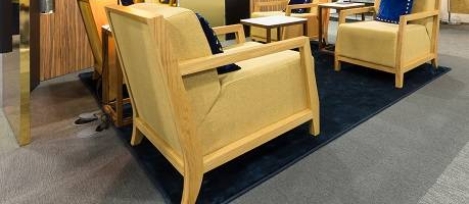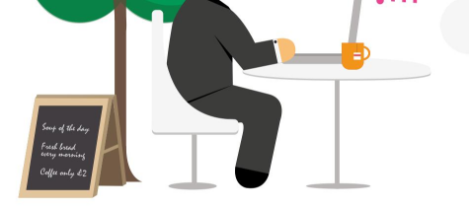June 15, 2016
Edinburgh most attractive city for commercial property investors outside London 0
Edinburgh is the most attractive British location for commercial property investment outside of London, according to new research by law firm and real estate consultancy Morton Fraser. Research amongst investors by the law firm’s commercial real estate division ranks a list of ten British cities outside of London according to their attractiveness as investment options. Edinburgh, Bristol and Manchester are the most appealing regional locations for investors, based on an indexed score of how many more investors found them attractive propositions compared to those who did not. However, the remaining seven cities did not appeal to the majority of investors, with more rating them an unattractive investment proposition rather than an appealing one. Aberdeen is rated the least attractive location for investors, coming after its energy-dependent economy was hit by falling oil prices, leading to thousands of job losses and the contraction of the oil and gas industry.

































June 14, 2016
Winning over employees during the great Summer of sport 0
by Jamie Mackenzie • Comment, Flexible working, Workplace
(more…)